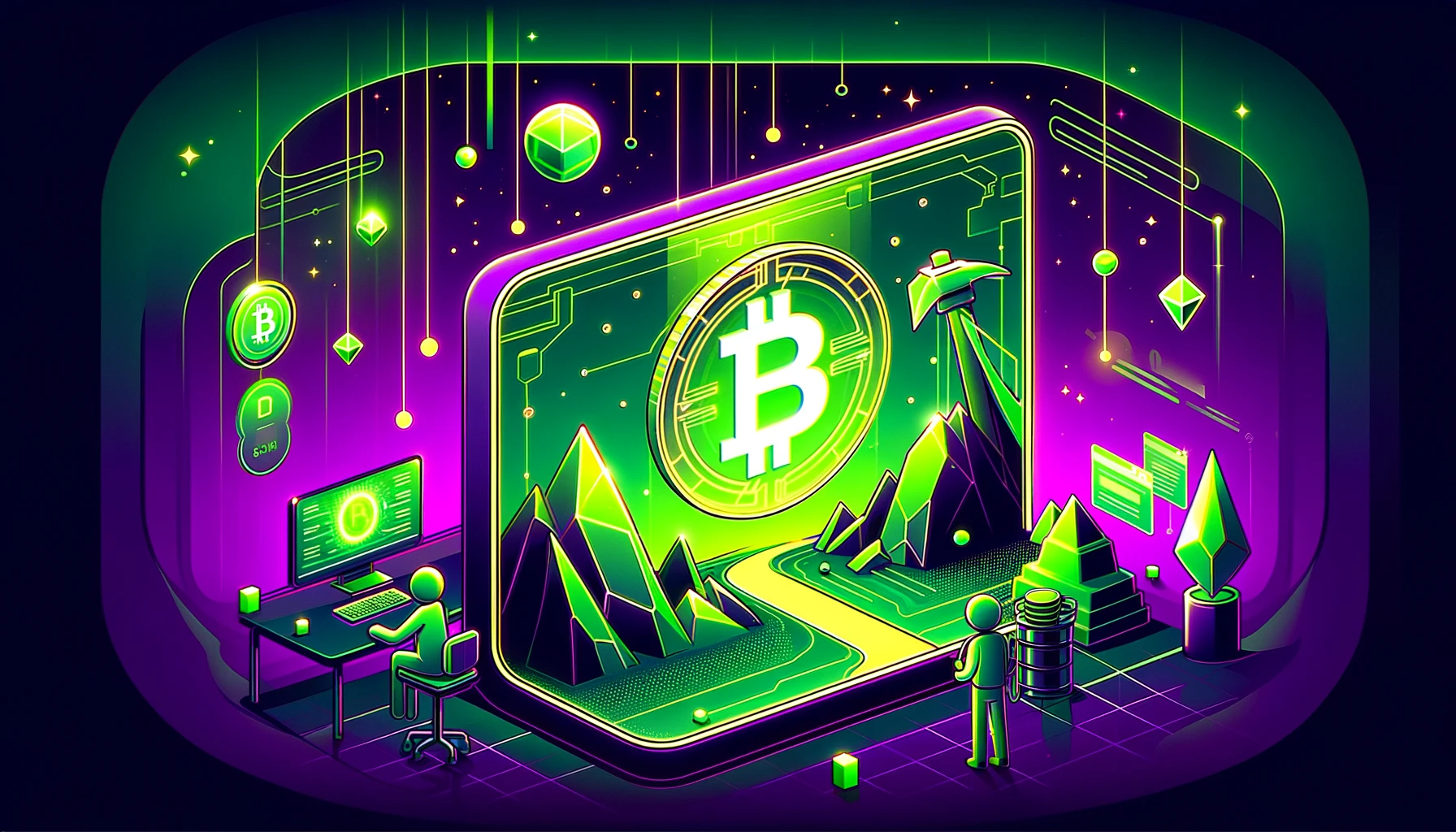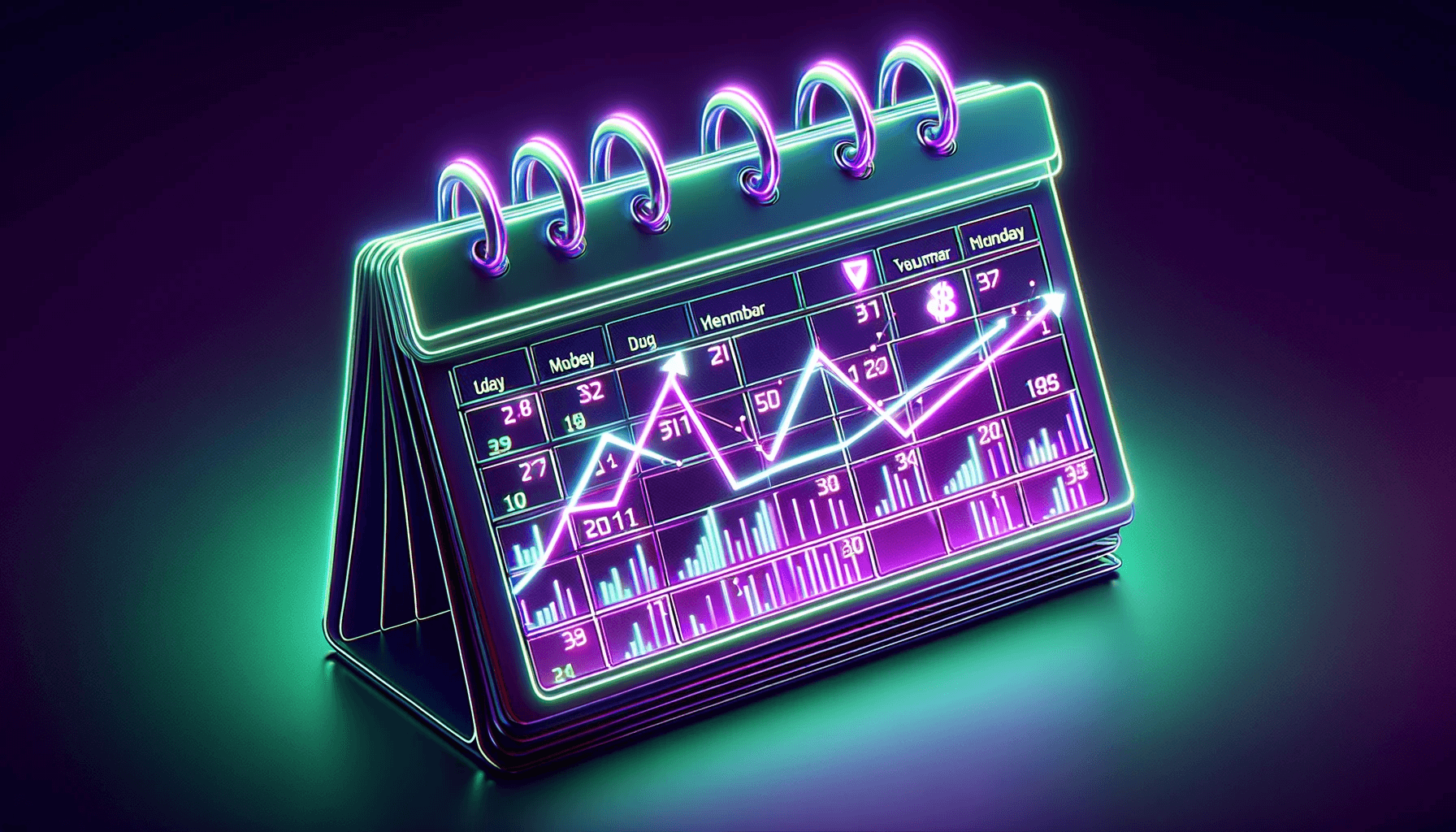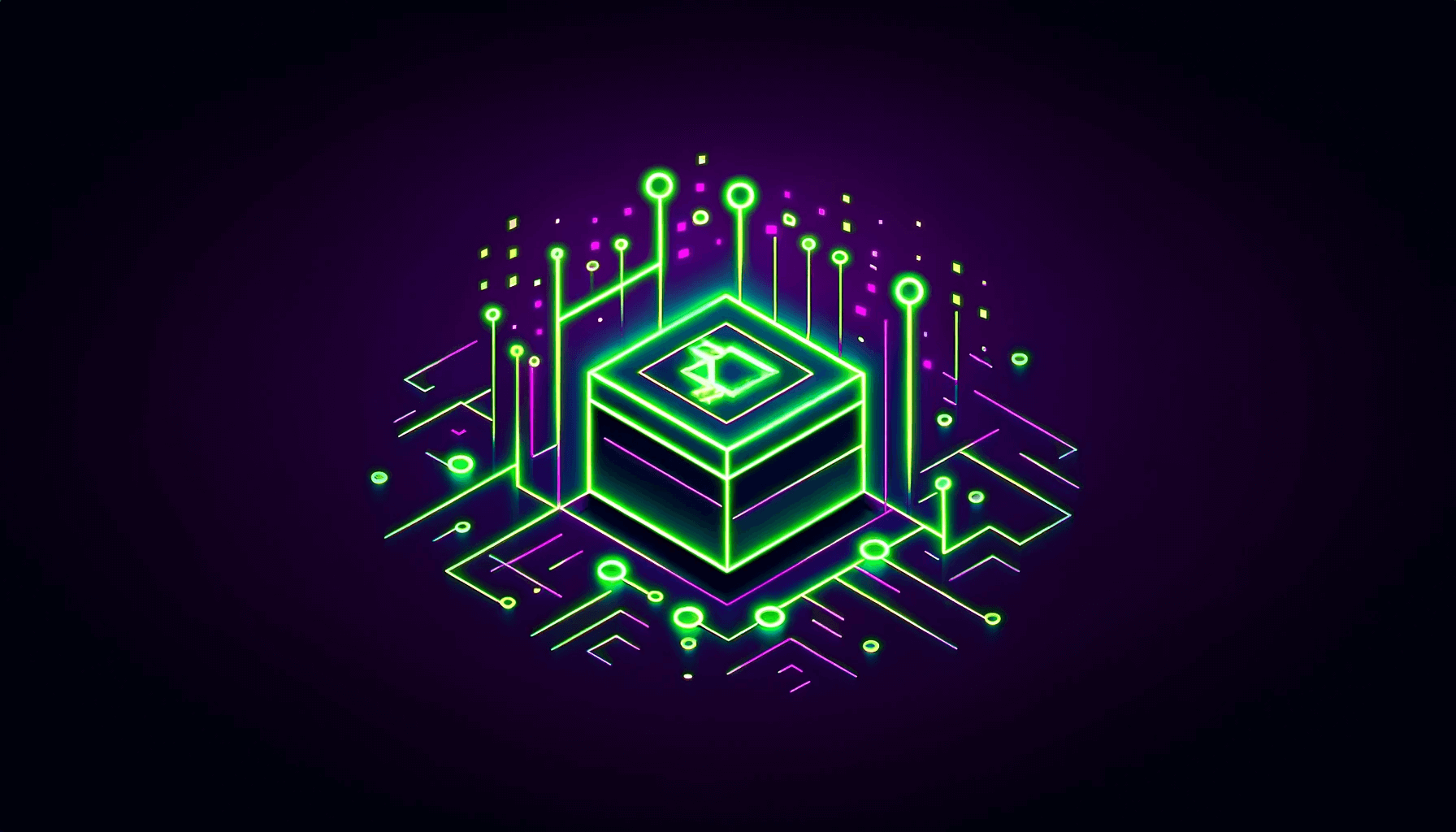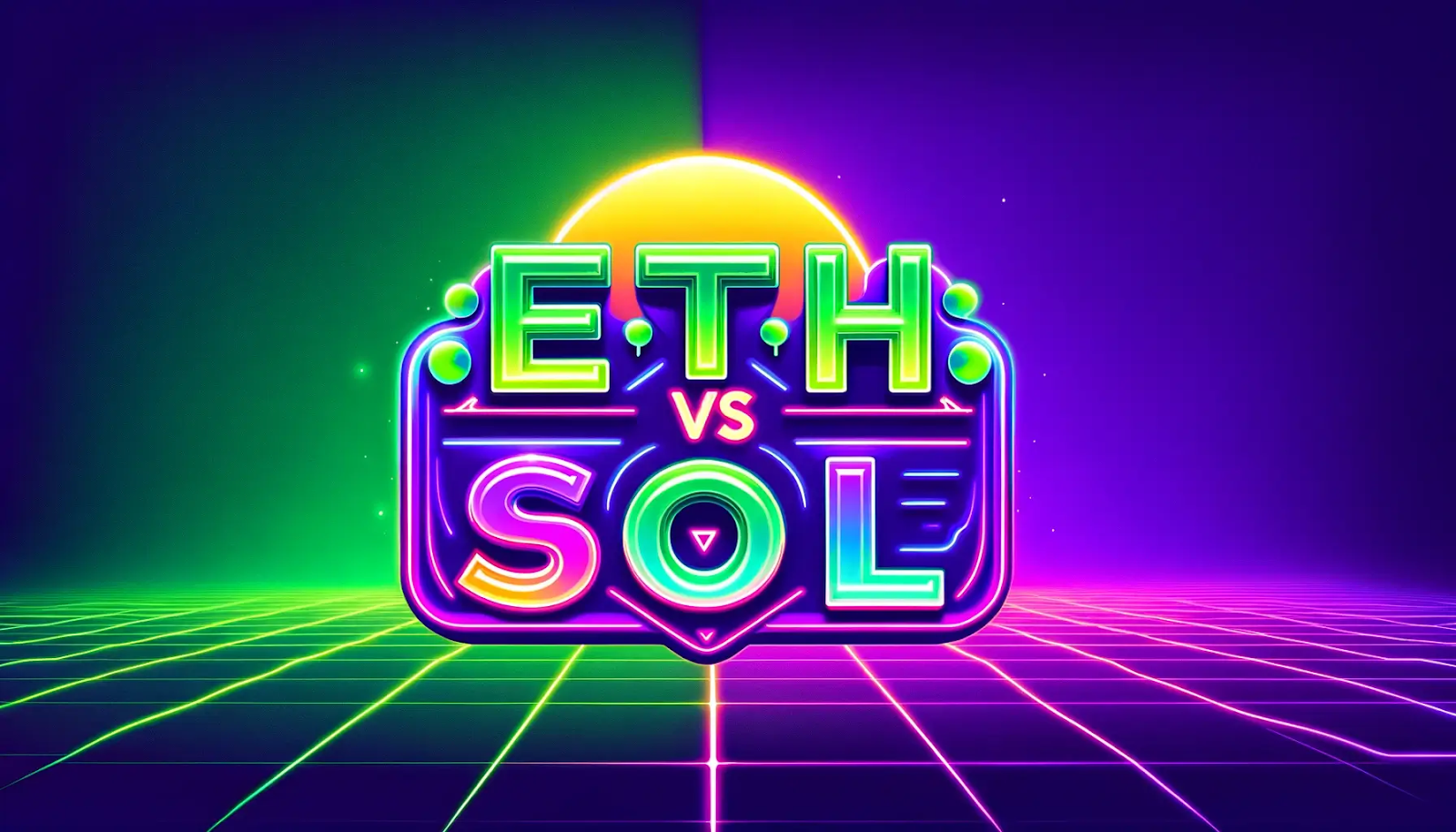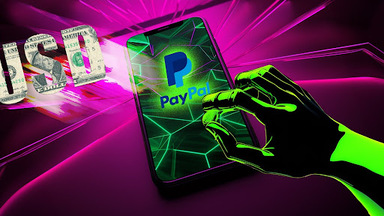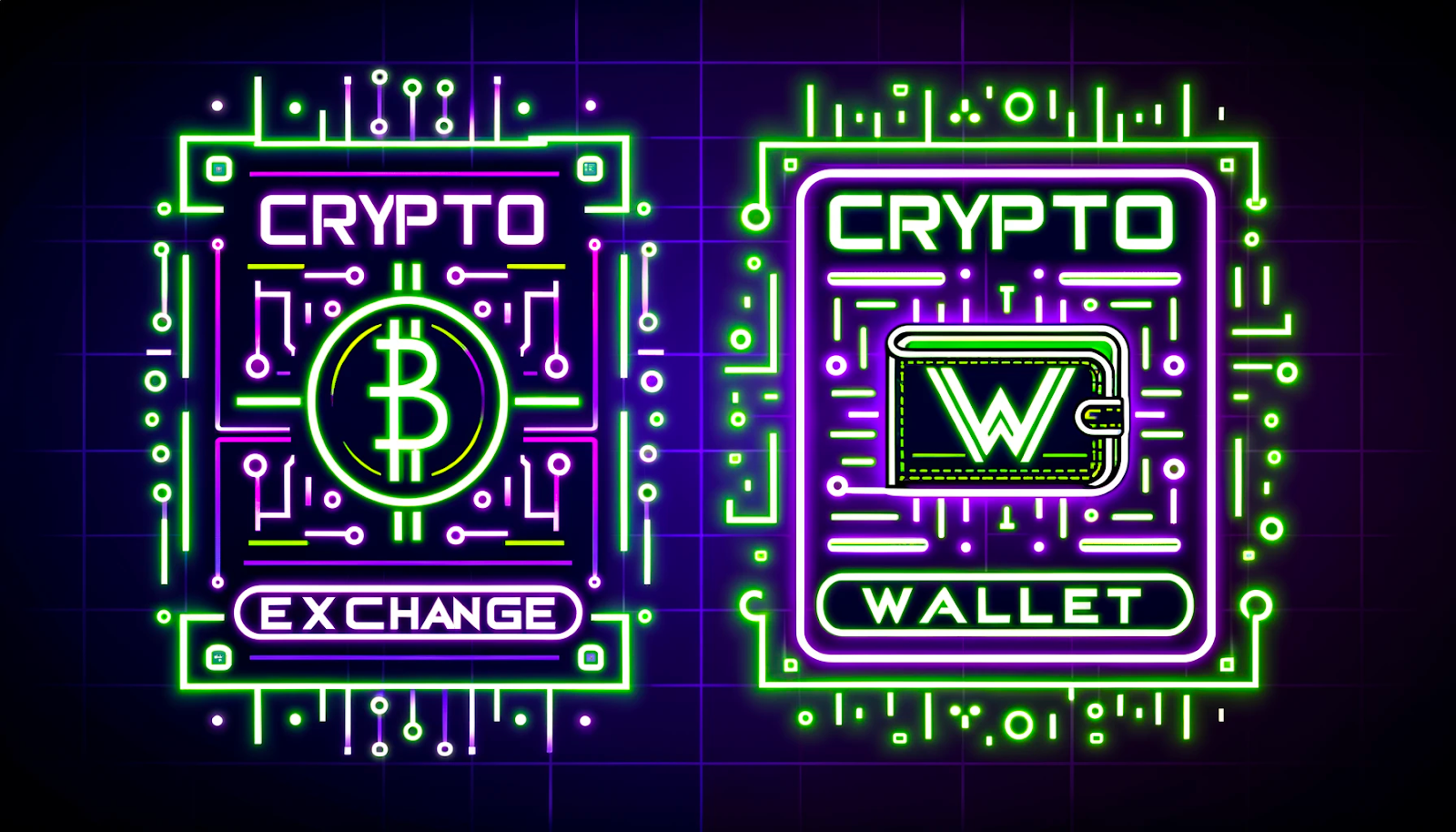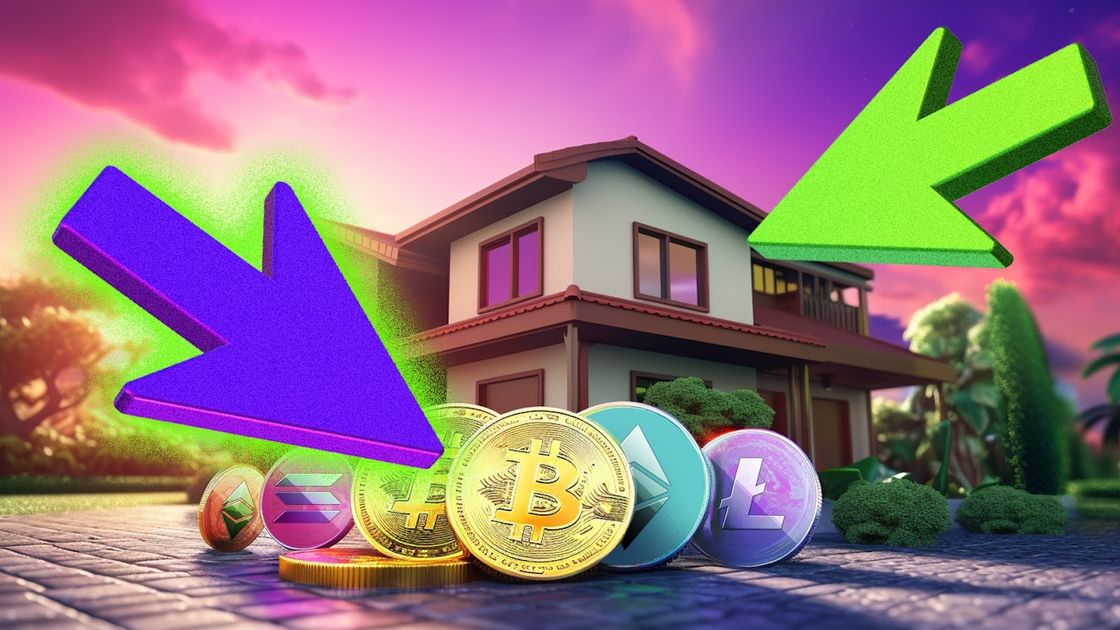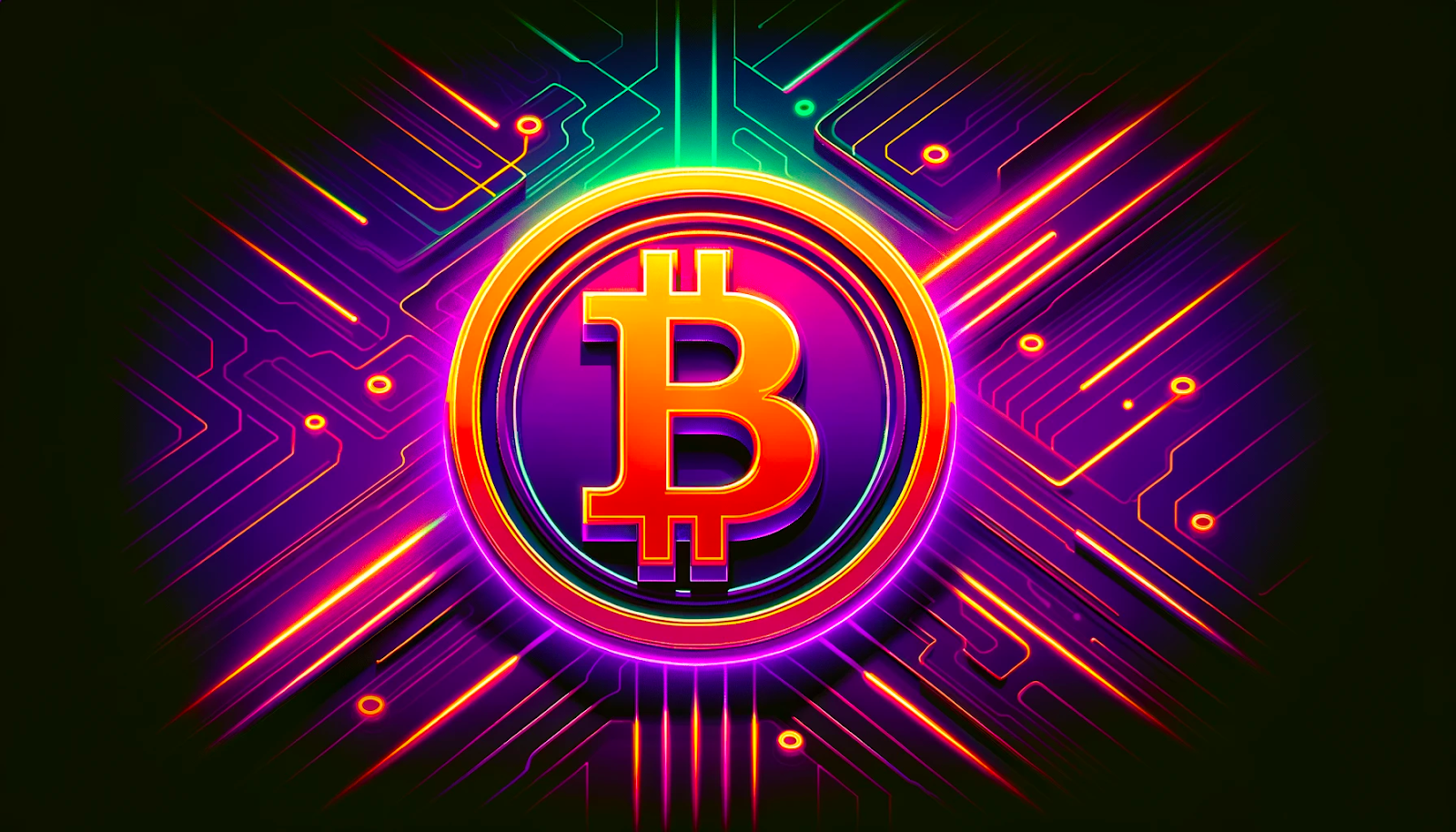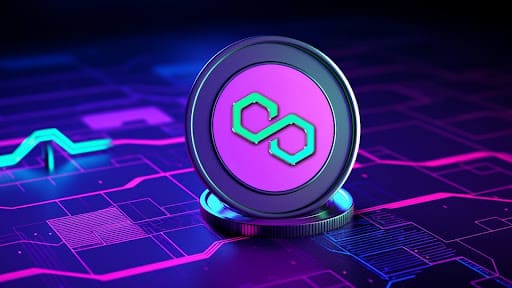
Are you familiar with “Polygon” or “MATIC,” and do you really not know much about it? Well, here's timely information to help you become acquainted with Polygon (MATIC).
To begin properly, let's take a walk down memory lane, all the way back to the summer of 2015 when Ethereum was launched. Although the Ethereum whitepaper was published in 2013, the project started gaining traction when Vitalik Buterin, the publisher and co-founder, explained the Ethereum concept at a Bitcoin conference in 2014, before going live in 2015.
Over the years, Ethereum has stood the test of time with various updates to keep up with the ongoing revolution in crypto space. When it comes to security, volume, and adoption, Ethereum has it all. Hence, Ethereum became a hub for developers looking to build in the crypto world.
However, despite this, Ethereum has had its fair share of challenges, especially in terms of scalability, high transaction fees, and network congestion.
To tackle these problems, many projects explored building a solution on the Ethereum network in the form of an Ethereum-compatible blockchain. One such project that succeeded is the Matic Network, now known as Polygon.
How was Polygon able to achieve this feat? How does Polygon work? Many of these questions will be answered in this article
About Polygon
Matic Network, now known as Polygon, was launched in 2017 by a group of visionaries: Jaynti Kanani, Anurag Arjun, and Sandeep Nailwal. Their goal was to address the significant challenges that were hindering the Ethereum network from realizing its full potential.
In its whitepaper, Polygon (formerly Matic Network) was also referred to as the “Ethereum Internet of Blockchains.” The primary objective of Polygon is scalability without compromising security.
Now, the pertinent question arises: Is scalability important? Indeed, it is crucial, especially if cryptocurrencies/digital assets are to compete with fiat currencies in the long run.
How Does Polygon Work?
Prior to the launch of Polygon, there was no infrastructure to create an Ethereum-compatible blockchain. Moreover, no protocol could establish connections between newly created sidechains and Ethereum blockchain. Polygon steps in to provide these to the developer community.
To understand how Polygon works, we need to clarify concepts such as what side chains and rollups are. It's also important to grasp that Ethereum serves as the base network for Polygon.
Sidechains are autonomous blockchains operating alongside the main blockchain, often referred to as the mainchain. They are interconnected through a bridge that allows assets to move between the mainchain and the sidechain while maintaining security and consensus.
Rollups, however, prioritize enhancing the existing network (mainchain) rather than creating separate chains. Rollups assist in offloading some workload from the mainchain, thereby reducing the computational resources required to process transactions on the mainchain. This helps increase transaction processing speed and decrease network congestion.
Sidechains and rollups are how Layer 2 scaling solutions came into play in the crypto space.
Polygon introduced “The Polygon PoS (Proof-of-Stake) Sidechain” as a scaling solution that uses the same code as Ethereum, enabling developers to build without having to sacrifice the benefits offered by the mainchain. How does this work? The PoS sidechain runs parallel to the Ethereum mainchain and allows users to bridge their assets between the chains and utilize the same DApps at a lower transaction cost.
The interesting thing about this innovation is that Polygon can process thousands of transactions per second compared to the few tens that the mainchain can process per second.
In addition to the PoS sidechain, Polygon also offers another scaling solution in the form of ZK Rollups (Zero-knowledge Rollups). This innovation helps process batches of transactions into a single one, execute it, and then send the transaction data back to the mainchain.
Rebranding of Matic Network to Polygon
‘Matic’ network was rebranded to ‘Polygon’ in February 2021 as the scale of the project grew. Initially conceived as a Layer 2 Scaling Solution, the project evolved into an ecosystem that’s self-sustaining, collaborative, and interactive.
Polygon moved to its network long before the rebranding in 2019 offering both stand-alone chain and secured chains (Sidechains and Rollups). Polygon became the umbrella term for multiple projects including Matic network.
The Polygon Native Currency (MATIC) Tokenomics
MATIC is the ticker for Polygon’s native currency that powers the ecosystem. MATIC has a total supply of 10 billion with about 93% of it in circulation (9.3 billion). Details of token allocations are listed below
-
3.8% of the total supply was made available for private sale prior to full launch
-
19% for Binance launchpad
-
16% was set aside for the team
-
4% for advisors
-
12% for network operations
-
21.9% for the Polygon Foundation
-
23.3% for the Polygon ecosystem
Like other projects adopting the Proof-of-Stake consensus, MATIC, the native token for Polygon, is staked to validate the Polygon network. MATIC is also used for transaction fees to process transactions on the network.
How to Buy MATIC
To buy Polygon's MATIC tokens, follow these steps:
-
Choose a reputable cryptocurrency exchange that supports MATIC trading
-
Complete the verification process (KYC) on the chosen exchange.
-
Deposit funds into your exchange account using cryptocurrencies like BTC or ETH or BUSD or USDT
-
Search for the MATIC trading pair (e.g., BTC/MATIC or ETH/MATIC) on the exchange's spot trading page.
-
Enter the amount of MATIC you want to buy or the equivalent amount of the cryptocurrency you're using.
-
Review the order details and confirm the transaction.
-
That's all, you are now a MATIC holder.
Want more top-tier crypto educational content?
Follow Us: X TikTok Instagram Telegram LinkedIn
Sign up to our newsletter at the bottom of the page
Check Out Our Top 10 Crypto Currencies of 2023
This article is intended for educational purposes and is not financial advice.



